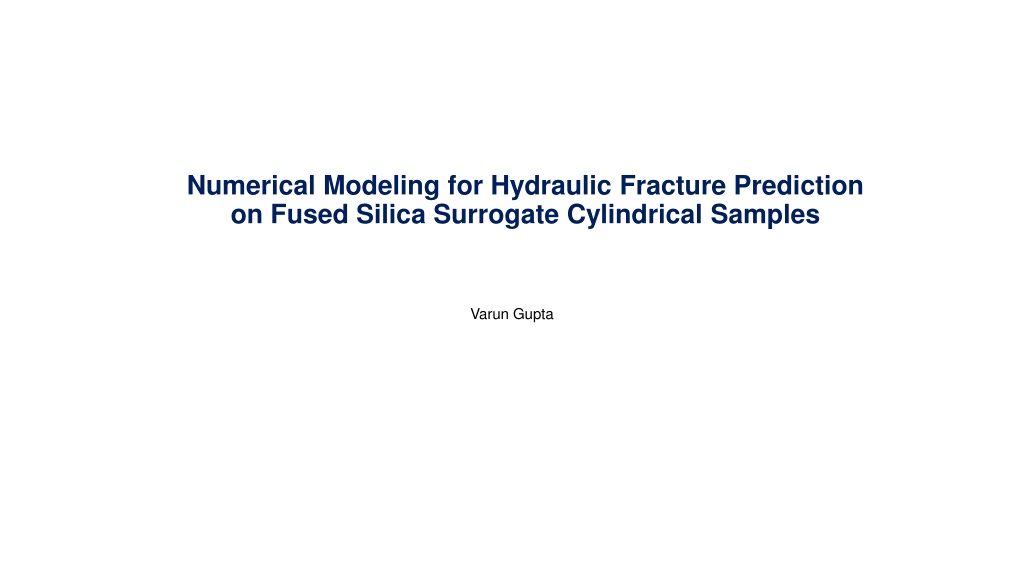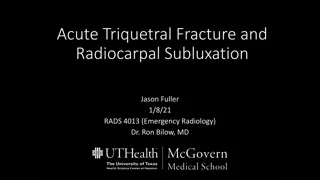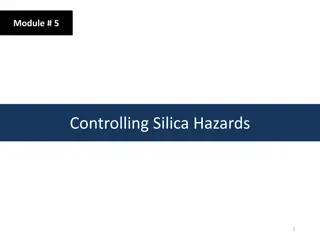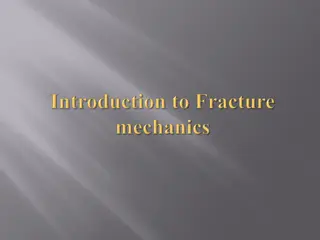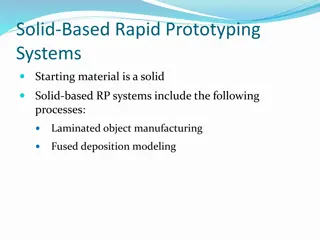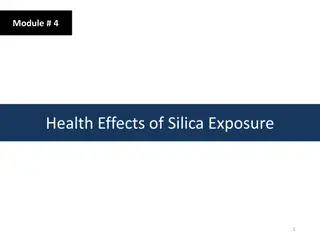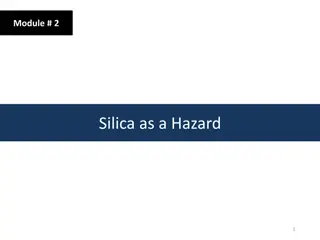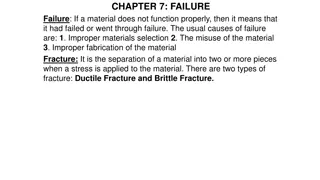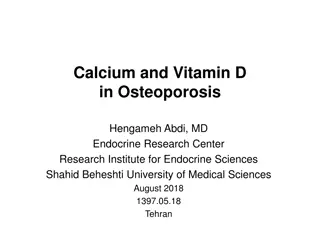Numerical Modeling for Hydraulic Fracture Prediction on Fused Silica Samples
Goal of the project is to predict the overpressures required to fracture fused silica cylindrical samples using numerical modeling. The study focuses on a homogeneous pure material with known mechanical properties compared to experimental results from a lab-scale stimulation system. The model includes loading and boundary conditions, mesh details, stress distribution analysis, crack extension angles, stress intensity factor analysis, and the effect of different confining pressures on fracture prediction.
Download Presentation

Please find below an Image/Link to download the presentation.
The content on the website is provided AS IS for your information and personal use only. It may not be sold, licensed, or shared on other websites without obtaining consent from the author. Download presentation by click this link. If you encounter any issues during the download, it is possible that the publisher has removed the file from their server.
E N D
Presentation Transcript
Numerical Modeling for Hydraulic Fracture Prediction on Fused Silica Surrogate Cylindrical Samples Varun Gupta
Goal: To predict overpressures required to fracture an homogeneous pure (surrogate) material with known mechanical properties to compare these values to experimental overpressures obtained in our lab-scale stimulation system. Geometry and Material Properties 3.2 mm Material: Fused Quartz 25.4 mm Assumptions: 50.8 mm Linear Elastic material behavior is assumed with the following properties: o Young s Modulus = 74 Gpa o Poisson s Ratio = 0.17 o Fracture Toughness = 0.65-0.70 MPa m0.5 Thermo-mechanical effects are not considered 16 mm
Numerical Model: Loading and BCs Modeled as an axisymmetric problem Constant confining pressure of 5000 psi is applied Pint = 6000-9000 psi Internal pressure is applied incrementally Pext = 5000 psi Quantity of interest: Fracture parameters near the corner Objective is to determine the internal pressure which leads to fracture Fixed
Mesh Details and Stress distribution Number of elements: 44915 Number of nodes: 136066 Quadratic quadrilateral elements are used Localized refinement performed close to the corner Maximum in-plane principal stress at Pint = 9000 psi
Direction of crack extension Energy Release Rate at different crack extension angles 1.4 1.2 1 Energy Release Rate (psi mm) 0.8 0.6 0.4 0.2 0 0 10 20 30 40 50 60 70 80 90 100 Angle (in degrees) Maximum energy release rate is attained at an angle of 45 , which is the angle of crack initiation
Stress Intensity Factor vs Internal Pressure Stress Intensity Factor 0.9 0.8 0.7 0.6 0.5 KI (MPa m 0.5) 0.4 0.3 0.2 0.1 0 5000 5500 6000 6500 7000 7500 8000 8500 9000 9500 Internal Pressure (psi) Given the fracture toughness of KIC = 0.7 Mpa m0.5, at 5000 psi confining pressure the fracture is predicted at Pint ~ 8500 psi, i.e., overpressure = 3500psi
Effect of Different Confining Pressure Different Confining Pressure 0.9 0.8 0.7 0.6 0.5 KI (MPa m 0.5) 5000 psi 0.4 10000 psi 20000 psi 0.3 0.2 0.1 0 0 500 1000 1500 2000 2500 3000 3500 4000 4500 5000 Over Pressure (Pext - Pint) (psi) Confining pressure does not seem to have a significant role in the fracturing overpressure.
